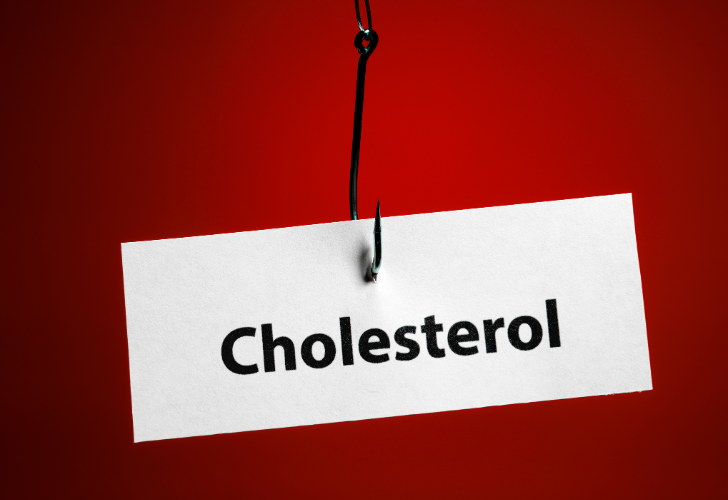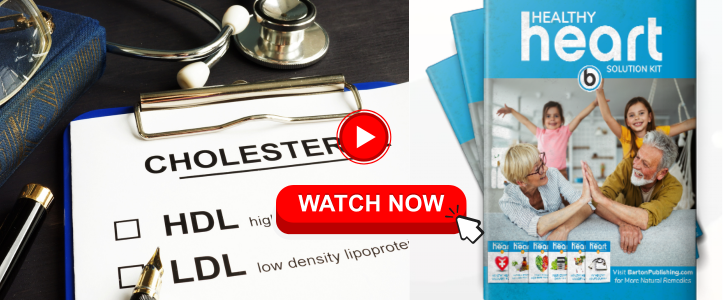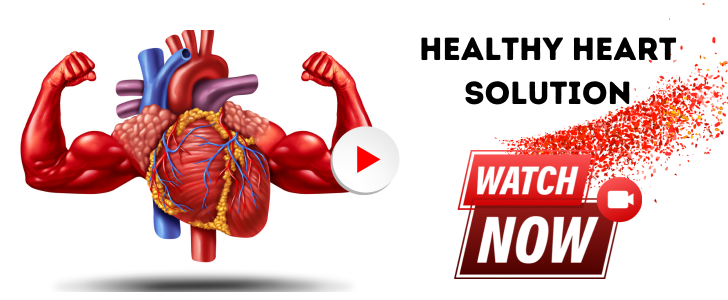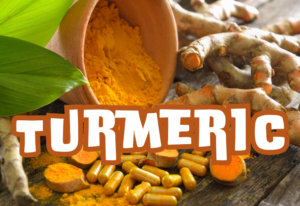
Which Type Of Cholesterol Is Good? 5 Key Strategies
Cholesterol is a fatty substance found in the blood and cells of the body. It plays crucial roles in building cell membranes, producing hormones like estrogen and testosterone, and synthesizing vitamin D. Cholesterol travels through the bloodstream in small packages called lipoproteins, which are made up of fat (lipid) on the inside and proteins on the outside. One key question often asked is, “Which type of cholesterol is good?”
Unlocking Which Type Of Cholesterol Is Good?
1. Low-Density Lipoprotein (LDL) Cholesterol
Often called “bad” cholesterol, LDL cholesterol is responsible for transporting cholesterol granules throughout the body. Elevated low-density lipoprotein (LDL) cholesterol can cause plaque to accumulate in the arteries, raising the risk of heart disease and stroke.
2. High-Density Lipoprotein (HDL) Cholesterol
HDL cholesterol, sometimes referred to as “good” cholesterol, assists in removing LDL cholesterol from the bloodstream by moving it to the liver, where it is processed and expelled from the body. Reduced risk of heart disease is linked to high levels of HDL cholesterol.
3. Very Low-Density Lipoprotein (VLDL) Cholesterol
Though it has higher triglycerides, VLDL cholesterol is comparable to LDL cholesterol. High VLDL cholesterol is associated with a higher risk of heart disease and may play a role in the artery-clogging process.
4. Triglycerides
The blood contains a form of fat called triglycerides. Elevated triglyceride levels are frequently linked to high LDL and low HDL cholesterol levels, even though they are not strictly a form of cholesterol. The risk of heart disease can also be raised by high triglyceride levels.
Since elevated levels of LDL cholesterol are highly linked to an increased risk of heart disease and stroke, it is the type of cholesterol that needs to be closely monitored out of all of them. Sustaining an optimal ratio of HDL cholesterol to triglycerides is also critical for cardiovascular health in general. But when it comes to controlling cholesterol and lowering the risk of cardiovascular disease, LDL cholesterol is frequently the main target.
Cholesterol Level Chart
| Age Group | Total Cholesterol (mg/dL) | LDL Cholesterol (mg/dL) | HDL Cholesterol (mg/dL) |
|---|---|---|---|
| Men (20-39) | Less than 200 | Less than 130 | 40 or higher |
| Women (20-39) | Less than 200 | Less than 130 | 50 or higher |
| Men (40-49) | Less than 200 | Less than 130 | 40 or higher |
| Women (40-49) | Less than 200 | Less than 130 | 50 or higher |
| Men (50-59) | Less than 200 | Less than 130 | 40 or higher |
| Women (50-59) | Less than 200 | Less than 130 | 50 or higher |
| Men (60 and older) | Less than 200 | Less than 130 | 40 or higher |
| Women (60 and older) | Less than 200 | Less than 130 | 50 or higher |
Mastering Optimal Cholesterol Levels with 5 Key Strategies
1. Lifestyle
Reducing the risk of cardiovascular illnesses and improving general heart health depend on achieving and maintaining optimum cholesterol levels. Cholesterol levels can be efficiently managed using a multimodal strategy including dietary alterations and lifestyle modifications.
2. Exercise
Healthy cholesterol levels are mostly promoted by regular physical activity. Aerobic activities can increase HDL (“good”) cholesterol levels and decrease LDL (“bad”) cholesterol levels. Examples of these activities are brisk walking, jogging, cycling, and swimming. On most days of the week, try to get in at least 30 minutes of moderate-intensity exercise.
3. Nutrition
An important factor in controlling cholesterol is diet. Choose a diet high in whole grains, fruits, vegetables, lean meats, and healthy fats. Include foods that are high in soluble fiber, like legumes, beans, and oats, since they can lower LDL cholesterol levels. Eat less processed and fried food that contains saturated and trans fats, as they can increase low-density lipoprotein (LDL) cholesterol.
4. Weight Management
Another important factor in controlling cholesterol is keeping a healthy weight. Obesity can lower HDL cholesterol and raise LDL cholesterol, particularly around the waist. A balanced diet, portion control, and mindful eating practices can help with weight management.
5. Regular Monitoring
To evaluate the state of affairs and make the required dietary and lifestyle changes, routine cholesterol testing and monitoring are critical. Additionally, for individualized advice and recommendations catered to specific health needs, speak with a healthcare practitioner. One can attain and maintain ideal cholesterol levels by regularly putting these measures into practice, which will support long-term heart health and general well-being.
Conclusion
In conclusion, preserving heart health depends critically on an understanding of the dynamics of cholesterol. People can move toward ideal cholesterol levels by understanding the differences between LDL and HDL cholesterol. The table that shows the typical cholesterol levels according to age and gender offers a clear reference point for evaluation.
Cholesterol levels can be efficiently managed by putting the article’s suggested solutions into practice. The cornerstones of cholesterol management include maintaining a healthy weight, consuming a balanced diet high in fiber and healthy fats, and participating in regular physical activity. Regular cholesterol examinations provide for consistent monitoring, guaranteeing progress and enabling timely modifications.
By integrating these lifestyle modifications, individuals can strive towards achieving and sustaining optimal cholesterol levels. Through dedication to heart-healthy practices, individuals empower themselves to mitigate the risk of cardiovascular diseases and promote overall well-being. Remember, small changes can yield significant results in the journey towards heart health.






